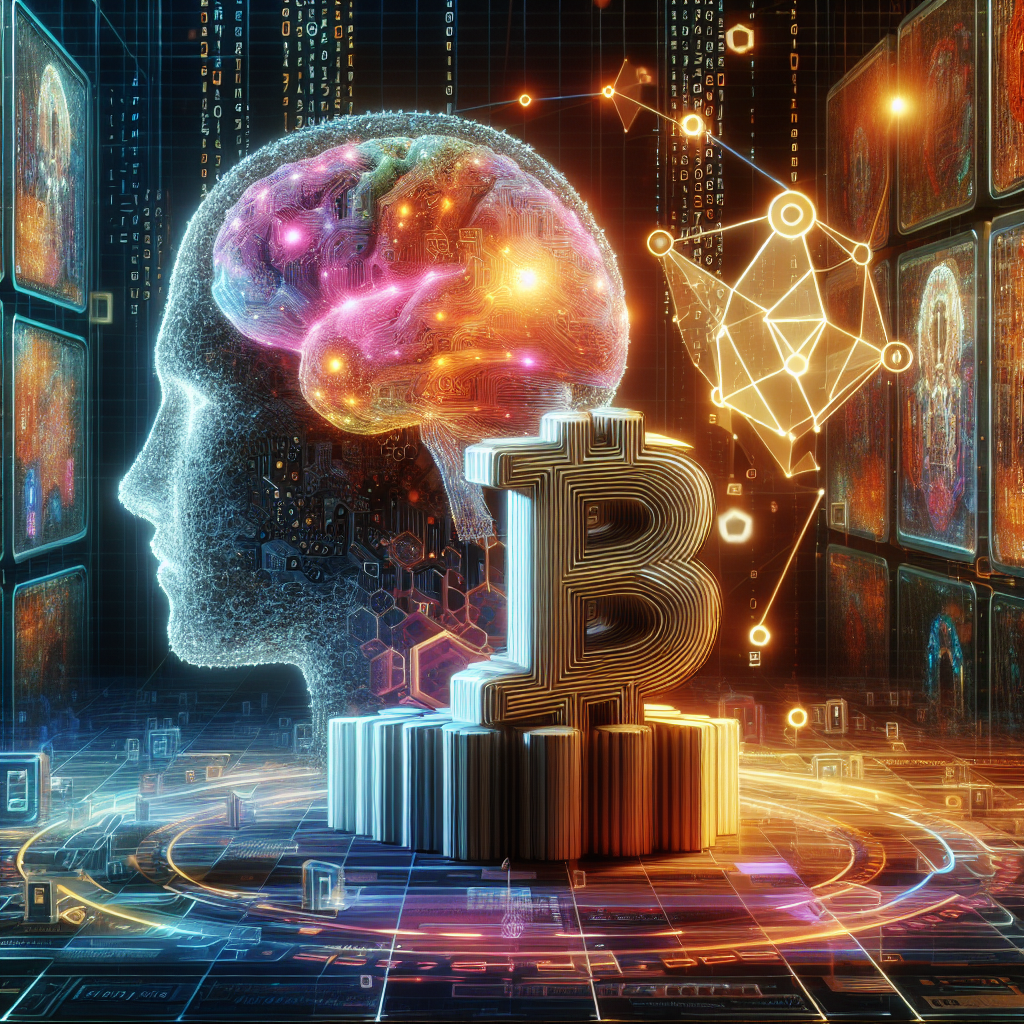Exploring the Synergy Between AI and Blockchain Technology
The intersection of Artificial Intelligence (AI) and blockchain technology has become one of the most exciting developments in the tech world. Both technologies possess unique strengths that, when combined, can create unprecedented efficiencies, transparency, and security. In this article, we will delve into how AI and blockchain can work together, the potential benefits they offer, and the challenges that may arise in their integration.
The Power of AI
Artificial Intelligence has transformed how industries operate by enhancing decision-making processes, automating mundane tasks, and generating insights from vast amounts of data. Some key applications of AI include:
- Data Analysis: AI algorithms can analyze massive datasets faster and more accurately than humans, uncovering patterns and trends that may not be readily apparent.
- Predictive Analytics: AI is capable of forecasting future outcomes based on historical data, aiding businesses in strategies and risk management.
- Natural Language Processing: This allows machines to understand and respond to human language, improving customer support and user interfaces.
- Automation: AI-driven automation can streamline processes across various sectors, leading to increased efficiency and reduced costs.
The Strengths of Blockchain
Blockchain technology, on the other hand, is renowned for its decentralized and secure nature. Key features that make blockchain stand out include:
- Immutability: Once data is recorded on a blockchain, it cannot be altered or deleted, providing a secure and verifiable history of transactions.
- Transparency: All transactions are visible to network participants, enhancing trust among users.
- Decentralization: Data is stored across a distributed network, reducing the risk of data breaches and ensuring no single point of failure.
- Smart Contracts: These programmable contracts automate actions based on predefined conditions, reducing the need for intermediaries.
The Complementary Nature of AI and Blockchain
When AI and blockchain technology are combined, their strengths complement each other in significant ways:
Enhanced Security and Privacy
AI algorithms often require large datasets to learn and optimize. However, ensuring data privacy can be a challenge. By leveraging blockchain, organizations can share necessary data without exposing sensitive information, as transactions can be anonymized. Moreover, the secure and immutable nature of blockchain can help safeguard AI models against tampering and enhance data integrity.
Improved Decision-Making
AI can sift through large datasets stored on a blockchain to derive actionable insights. With access to real-time data, AI algorithms can make faster and more accurate predictions, helping businesses respond proactively to market changes.
Streamlined Operations through Automation
The combination of AI and blockchain can lead to superior automation solutions. Smart contracts can trigger AI-driven actions when certain conditions are met, facilitating seamless transactions. For instance, in supply chain management, AI can analyze shipment data, while smart contracts execute delivery agreements upon receiving confirmation.
Real-World Applications of AI and Blockchain
Several industries are beginning to explore the possibilities that come from integrating AI and blockchain technologies.
Finance
In the financial sector, the combination can enhance fraud detection. AI algorithms can analyze transaction patterns to flag suspicious activities, while blockchain technology records a transparent history for audits.
Healthcare
AI can process massive medical datasets for predictive analytics, aiding in diagnostics. Coupled with blockchain, patient data can be securely shared across healthcare providers while ensuring patient privacy and consent.
Supply Chain Management
The integration of AI and blockchain can revolutionize supply chains by providing real-time tracking and visibility. AI can optimize inventory levels, while blockchain ensures that all parties have access to trustworthy data.
Energy Sector
AI can optimize energy consumption rates by analyzing usage patterns while blockchain can facilitate peer-to-peer energy trading, allowing consumers to buy and sell renewable energy efficiently and transparently.
Challenges to Consider
While the synergy between AI and blockchain offers numerous opportunities, several challenges need to be addressed:
Complexity and Scalability
Integrating AI with blockchain can be complex due to the intricacies of both technologies. Ensuring that they can scale to meet industry demands is crucial, requiring robust infrastructure and expertise.
Data Quality and Availability
AI’s effectiveness depends on the quality of data. For the synergy to work, accurate and high-quality data must be available on the blockchain, complicating governance and data management.
Regulatory Concerns
The regulatory environment for both AI and blockchain is still evolving. Legal frameworks must be established to navigate issues related to data privacy, intellectual property, and accountability.
The Future of AI and Blockchain Integration
As AI and blockchain technologies continue to mature, their collaboration is expected to deepen across various sectors. The potential benefits of increased efficiency, reliability, and security could redefine business operations while opening new markets and driving innovation.
Additionally, the development of decentralized AI models could further enhance the transparency of AI decision-making processes, aligning with the core principles of blockchain. The future holds promise for unprecedented advancements in how we leverage data and technology.
Conclusion
The combination of AI and blockchain technology is indeed a match made in heaven. By pairing the predictive power of AI with the security and transparency of blockchain, businesses can unlock new potentials and drive efficiencies previously thought unattainable. As industries continue to explore this synergy, the possibilities are vast— preparing organizations for a future that is not only tech-driven but intelligently connected.
By staying informed about the latest developments in these two groundbreaking fields, businesses can position themselves strategically to utilize the benefits that arise from their integration, paving the way for innovation and growth in the digital age.




